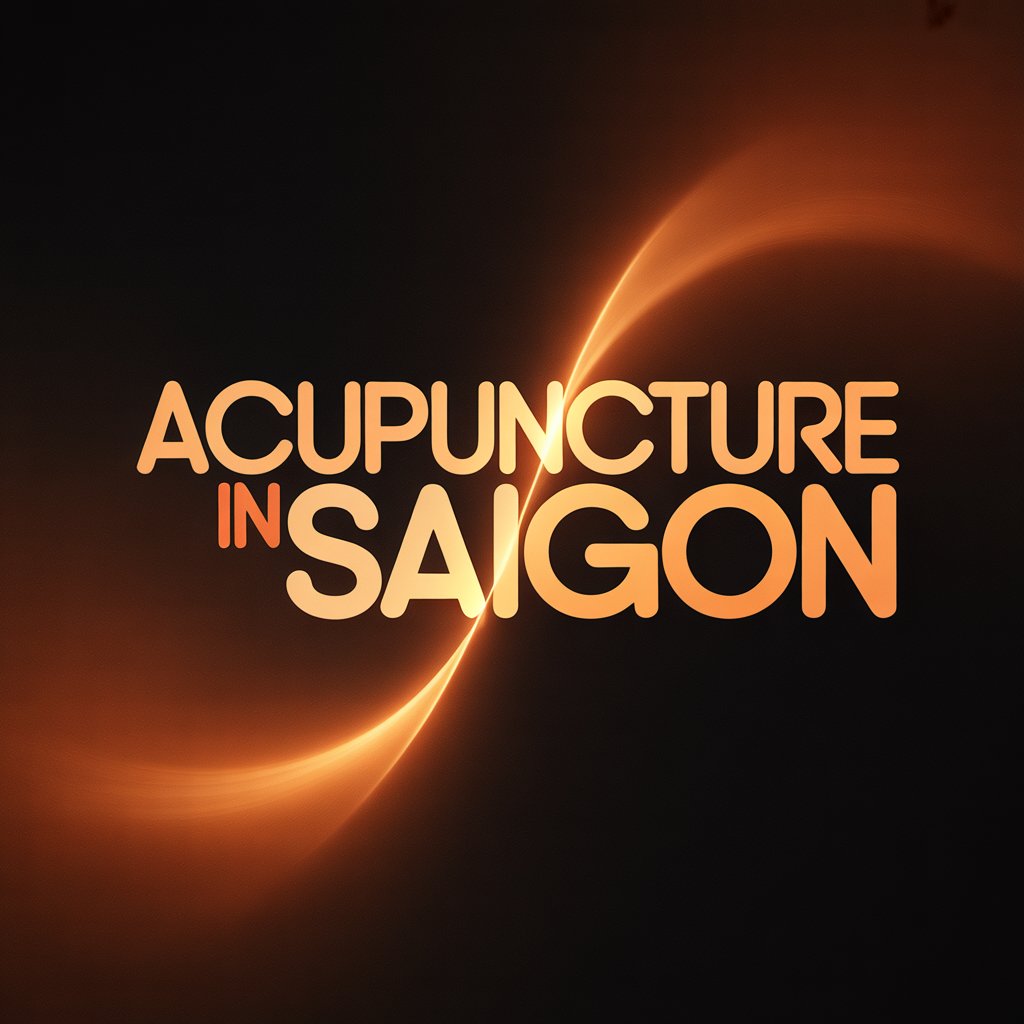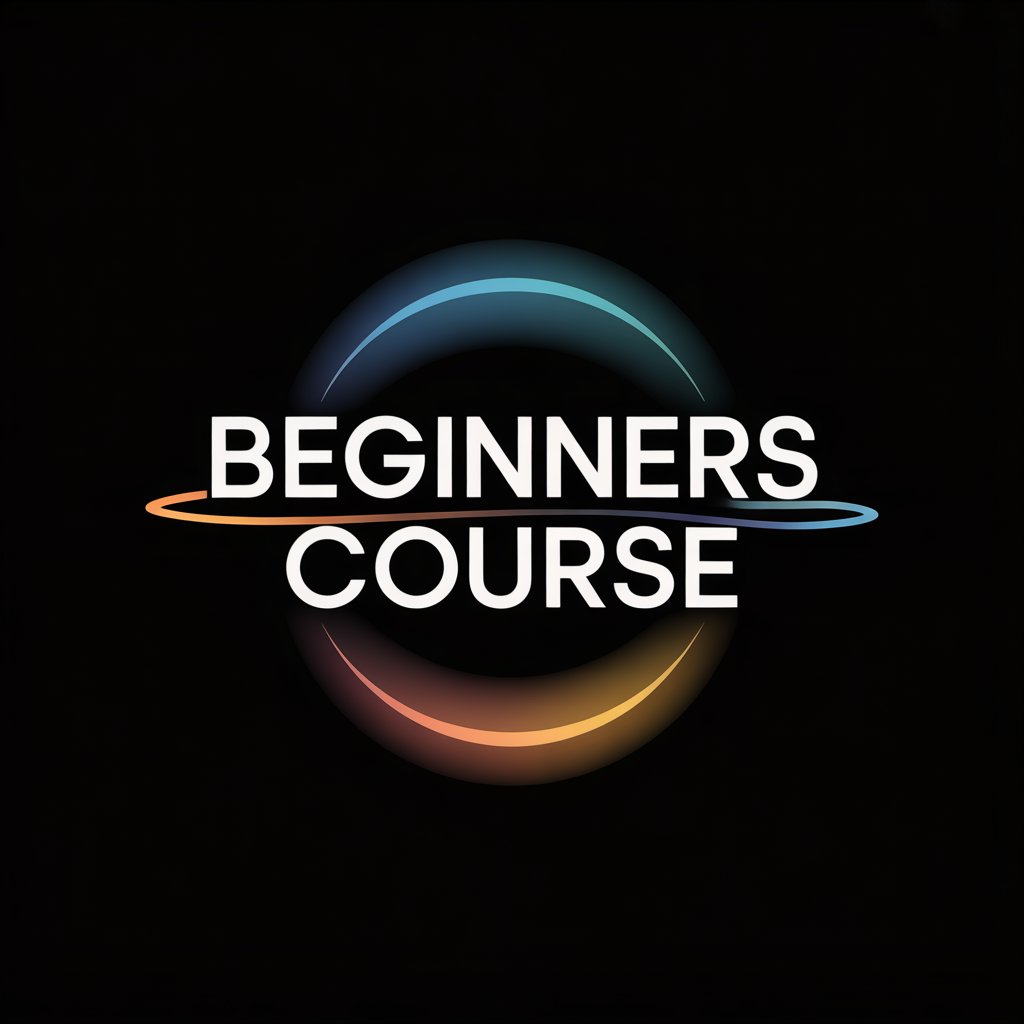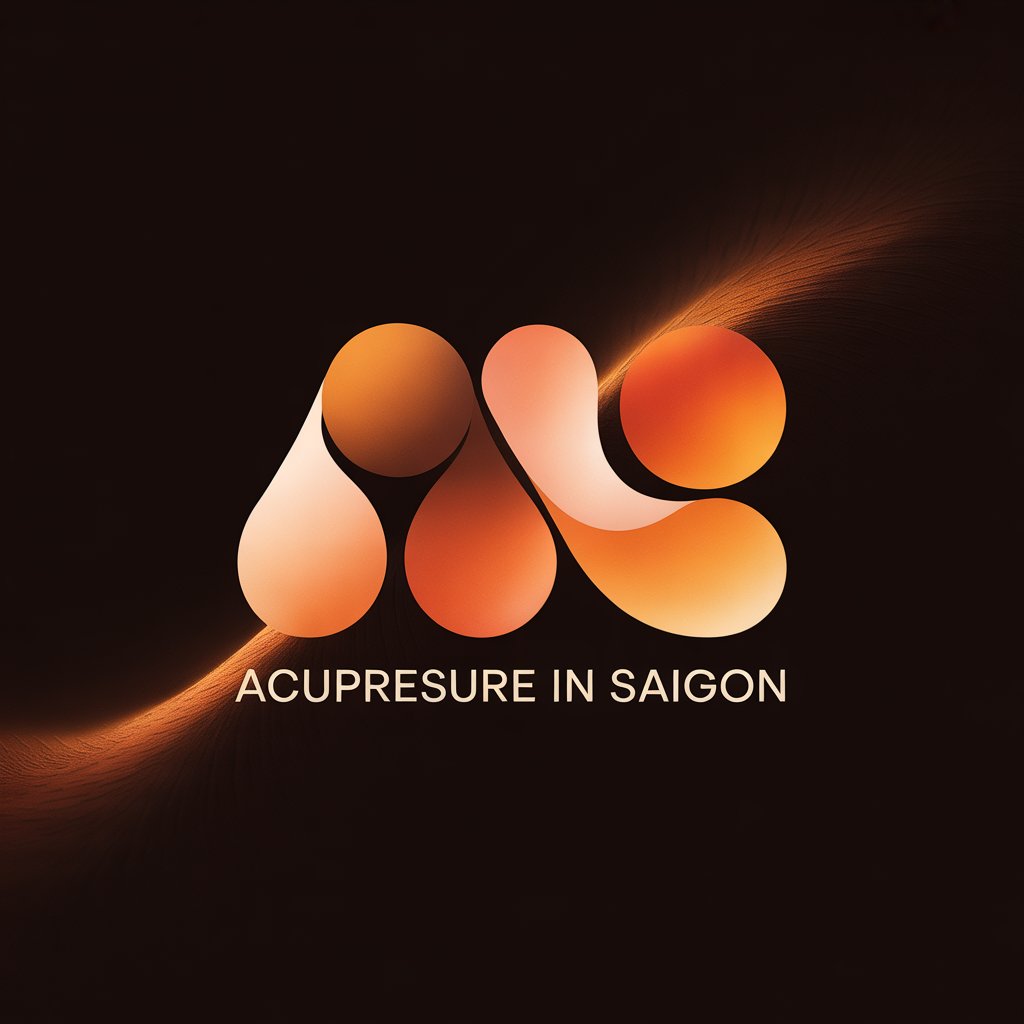Meridian theory acupressure basics for beginners

Welcome to the fascinating world of acupressure and the fundamental concept of meridian theory! Think of meridians as invisible pathways throughout your body, like rivers carrying vital energy, known as Qi (pronounced “chee”). In Traditional Chinese Medicine (TCM), a balanced and free flow of Qi is essential for good health – both physical and emotional. When these pathways become blocked or imbalanced, it can lead to discomfort, pain, or illness.
Meridian Theory: The Energy Map
Imagine a complex network of interconnected lines crisscrossing your body. These are the 12 main meridians, each associated with a specific organ system or bodily function. For example, there’s the Lung meridian, the Large Intestine meridian, the Stomach meridian, the Spleen meridian, the Heart meridian, and so on. Each meridian has a specific pathway and numerous acupoints along its course.
Acupoints: The Energy Gates
Acupoints are specific locations along these meridians where the Qi is said to be accessible on the surface of the body. Think of them as gates or access points to the energy flow within the meridians. Applying pressure to these points can help to:
- Unblock stagnant Qi: Like removing a dam in a river, pressure can help release blockages and restore smooth energy flow.
- Balance excess or deficient Qi: By stimulating specific points, you can help regulate the energy within a meridian, either tonifying (adding energy) or sedating (reducing excess energy).
- Influence associated organs and functions: Because each meridian is linked to a particular organ system, stimulating points along that meridian can have a therapeutic effect on that organ and its related functions.
Basic Acupressure Techniques for Beginners:
- Locating Acupoints: Acupoints aren’t just random spots. They often lie in depressions, grooves, or tender areas. Beginner-friendly guides and charts can help you locate common points. You can also use anatomical landmarks (like bones or tendons) as references.
- Applying Pressure: Use your fingers (usually the thumb, index, or middle finger) to apply firm but gentle pressure to the acupoint. The pressure should be noticeable but not painful.
- Types of Pressure:
- Steady Pressure: Hold the pressure for 1-3 minutes.
- Circular Massage: Gently massage the point in small circles for 1-3 minutes.
- Breathing: Remember to breathe deeply and relax while applying pressure. This helps to enhance the flow of Qi and promotes overall relaxation.
- Duration and Frequency: For DIY acupressure for common ailments, you can typically apply pressure several times a day as needed. Listen to your body and don’t overdo it.
Beginner-Friendly Acupoints to Explore:
- LI4 (Hegu): Located in the fleshy web between your thumb and index finger. Good for headaches, stress, and pain relief.
- P6 (Neiguan): On the inner forearm, about three finger-widths down from the wrist crease, between the two tendons. Helps with nausea and anxiety.
- SP6 (Sanyinjiao): On the inner leg, about three finger-widths above the ankle bone, behind the tibia (shin bone). Used for various issues related to the lower body and women’s health (avoid during pregnancy).
- ST36 (Zusanli): About four finger-widths below the kneecap, on the outside of the shin bone. Known for boosting energy and improving digestion.
Important Note: While DIY acupressure can be a valuable self-care tool, it’s not a substitute for professional medical advice. If you have serious health concerns, always consult a qualified healthcare practitioner. Also, be aware of contraindications, such as avoiding certain points during pregnancy or on areas with skin irritation.
This is just a starting point in understanding meridian theory and acupressure. As you explore further, you’ll discover the intricate connections within this ancient healing system and its potential to support your well-being. Enjoy your journey!




